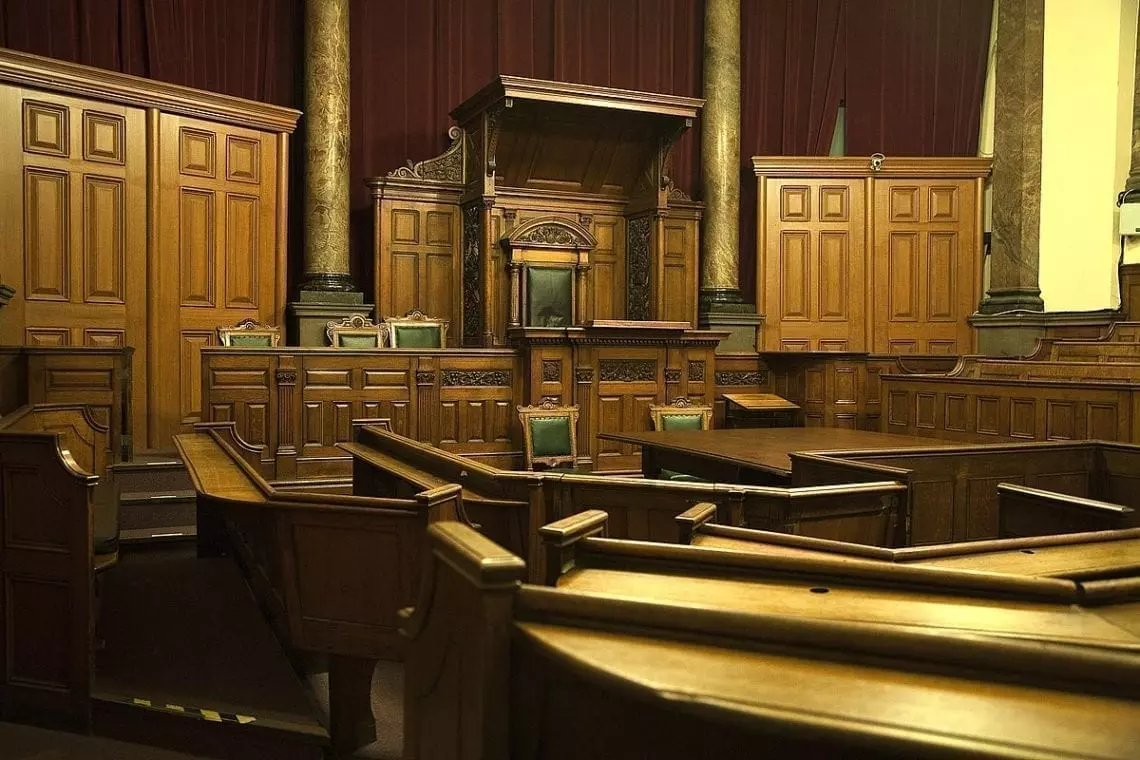criminal
Basic Trial Procedure
02 July, 2020

A criminal trial begins with the formal arraignment (reading of the charges) to the accused(s). A plea of “not guilty” is required in most cases. Once the arraignment has begun, the Crown Attorney (prosecutor) commences producing evidence to demonstrate that the accused was the perpetrator of the offences for which they have been charged.
The most common form of evidence relied upon in Canada is testimony. Testimony is sworn declarations of a human witness in court. Witnesses testify from the witness box not the stand. Lawyers ask the witness questions and the responses are evidence. Every word is recorded. There are no video recorded trials yet in Canada.
The party calling a witness (either the prosecutor or the defence) asks open ended questions seeking for that witness to related what they did, saw, heard, or felt. An open-ended question is one in which the answer is not a yes or no. For example: “How old are you?” Once a party is finished asking their questions, the opposing party is entitled to cross-examine that witness.
Cross-examination is intended to test whether the witness was actually able to do, see, recall, or hear what they say they have. Further, cross-examination can be used to discredit the witness by creating some doubt as to their credibility and reliability. Cross examination questions are usually suggestion and often pose a yes or no response. For example “You are 30 years old?”
Once each party who has a right to cross-examine has done so or has chosen not to, the party calling a witness has a limited right of re-examination. The questions are confined to topics arising in cross-examination and must be open-ended.
This process repeats itself for each witness until the prosecutor has called all of its witnesses. Once the prosecutor has finished presenting its case, the defence is put to its election on whether or not to produce any evidence.
There is no requirement for the defence to call evidence. As a corollary, it is therefore not required that an accused person testify in their own defence. The accused may choose to do so and in some circumstances, there may be a tactical advantage to providing their side of the story. In other circumstances, an accused’s better option is not to testify.
Legal submissions
Once all witnesses who are going to testify have done so, the evidence is complete. The next portion of the trial is legal submissions. Submissions are usually verbal representations (sometimes written) to the judge or jury about how the law relates to the evidence that was heard. It is common for lawyers to refer to previous cases (called jurisprudence) to show how those previous cases were decided to help persuade the judge or jury that the current case being litigated should be decided in the same way. Each party is entitled to make submissions. The judge or jury may have questions of the lawyer who is making the submissions.
Once submissions are complete, the trier of fact (judge or jury) must decide the case. In the case of a jury trial, the jurors are sequestered to deliberate on everything that they have heard. In a judge alone case, sometimes the decision is pronounced immediately. Other times, the parties are asked to come back on another date so that the judge can closely review all of the evidence prior to rendering their decision.
A decision about the guilt or non-guilt of the accused is rendered either verbally or in writing and sometimes both. The judge or jury will recount the evidence in the case and the legal principles governing their decision. The judge will state why they were persuaded or not persuaded by a particular witness’ version of events. The judge or jury must be convinced of accused’s guilt beyond a reasonable doubt. The Supreme Court of Canada in R. v. Starr, 2000 SCC 40 provided guidance on the proper interpretation of “reasonable doubt”.
If an accused is found not-guilty of all the charges for which they stood trial, they are free to go. A finding of not-guilty is also referred to as an acquittal or a dismissal of the charges.
If an accused is found guilty or one or more counts, then a sentencing hearing must be undertaken. In Canada, people are sentenced, not crimes. That means that a judge must take into account a myriad of factors relating to the victim and the accused. The Supreme Court of Canada provided guidance to judges on sentencing principles in R. v. Lacasse, 2015 SCC 64. A sentencing hearing is a separate process where evidence is presented and submissions are made by the lawyers. A judge then determines the appropriate penalty for the crimes that the accused has been found guilty of.
Lastly, a party who has been unsuccessful has the option to appeal the decision of the judge or jury to a higher level court within 30 days.
Hans John Kalina is a lawyer at Kalina & Tejpal. He can be reached at 416-900-6999 or www.lawyer4u.ca.
Tags: criminal, criminal defence, criminal law, informational, legal advice



